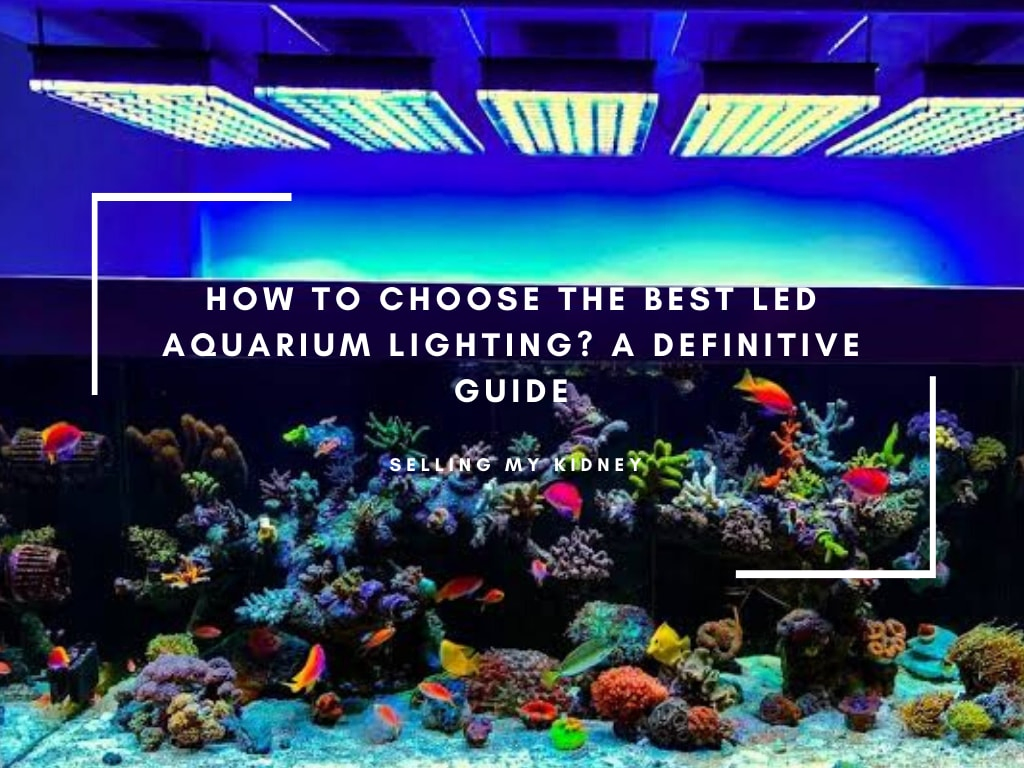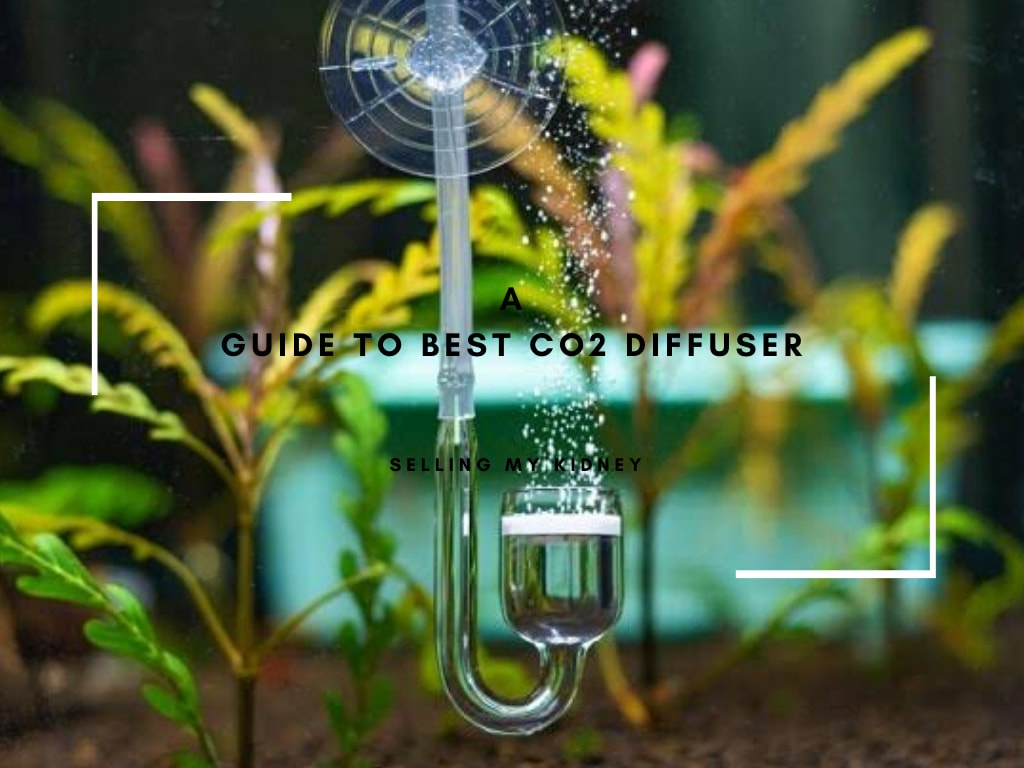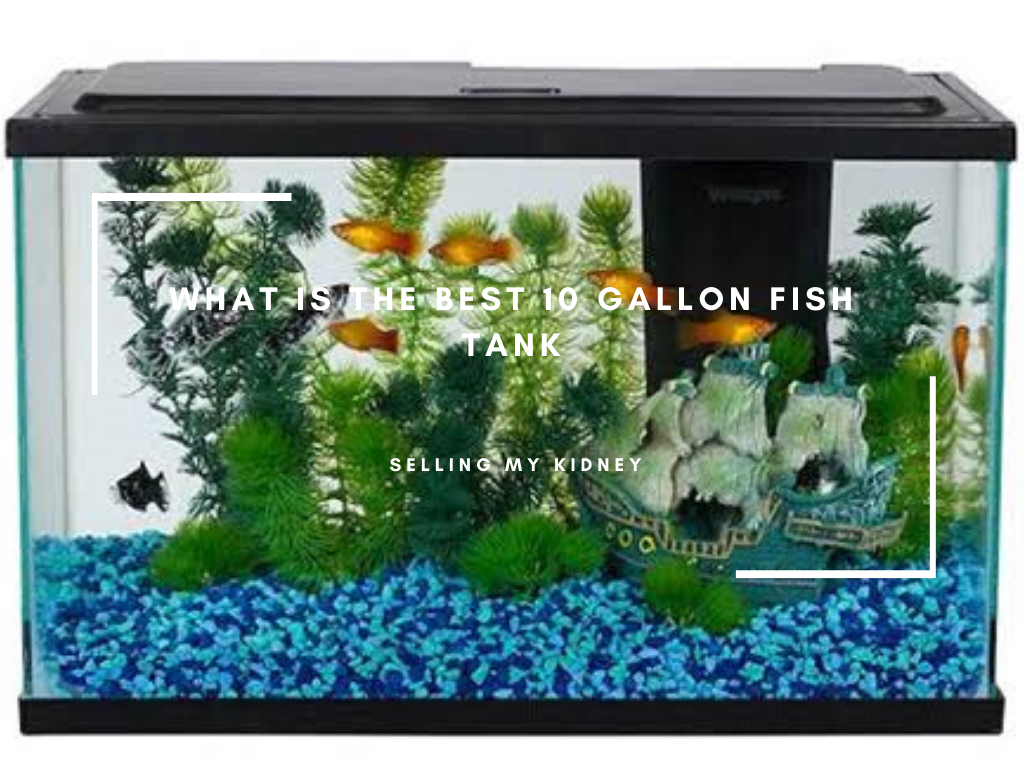Adding potted plants to your aquarium is a great way to add beauty and life!
Not only do they look beautiful, but they also provide shelter for fish.
Plus, the roots of these aquatic plants help keep the water clean by absorbing nutrients from it.
They can even act as natural filters that remove toxins like ammonia or nitrates from the tank’s environment.
With so many benefits, adding potted plants to an aquarium is definitely worth considering:
- It adds color and texture;
- Provides hiding places for shy fish;
- Helps maintain good water quality;
- Can be used in fresh and saltwater tanks; and
- Is relatively easy maintenance compared with other decorations!
In conclusion, adding some live aquatic vegetation will make any home aquascape more vibrant – not just visually appealing but healthier too!
Why Add Potted Plants To Your Aquarium?
Adding potted plants to your aquarium is a great way to enhance its beauty.
Not only do they look beautiful, but many benefits come with having them in your tank!
Here’s why:
- They provide oxygen for fish and other aquatic life – Plants produce oxygen through photosynthesis which helps keep the water clean and healthy;
- Potted plants can help reduce algae growth by competing for nutrients;
- They create hiding places for shy or timid fish – this gives them more security when swimming around their environment;
- Some plant species also act as natural filters, helping remove toxins from the water, such as nitrates and phosphates.
- This keeps levels balanced, so you don’t have any problems with over-fertilization or algal blooms later on down the line.
In addition, adding live potted plants will add color to an otherwise dull-looking aquarium setup!
There are plenty of different types available, including:
- Java Ferns
- Anubias Nana Petite (a small-leafed variety),
- Cryptocoryne wendtii Green Gecko (which has bright green leaves),
- Amazon Swords (with long sword-shaped foliage).
All these varieties bring something unique into play.
And they’re still easy enough that even beginner aquarists can handle caring for them properly without too much hassle.
So if you’re looking to spruce up your tank, consider investing in live-planted pots today!
What Kind Of Pot Is Safe For Aquarium Use?
When it comes to aquariums, the type of pot you use is very important.
Your fish must have a safe and healthy environment in which to live.
The best pots for an aquarium are those made from ceramic or plastic materials. These types won’t leach toxins into the water like some metals can.
Ceramic pots come in many shapes and sizes. so they’re great for creating interesting aquascapes with different levels and hiding places for your fish!
Plastic containers also provide plenty of options regarding size, shape, and color – plus, they’re lightweight too!
Other kinds of material, such as terracotta, should be avoided because their porous nature means that minerals will seep out over time. This could cause problems if not monitored closely enough.
Additionally, glass isn’t recommended either due to its tendency towards cracking under pressure (such as being moved around).
To ensure safety:
- Always check labels before buying anything new;
- Make sure there aren’t any warnings about using them near aquatic life/water sources etc.,
- Look at reviews online where possible and ask questions if unsure about something specific, e.g.: “Is this suitable for my tank?”
- Remember never to reuse old tanks without thoroughly cleaning them first.
Even then, only consider doing so after consulting expert advice on how best to proceed safely, i.e., what chemicals may need removing beforehand.
In summary: For Aquarium Use:
- Choose pots made from ceramic or plastic materials,
- Avoiding terracotta & glass altogether
- Always check labels/reviews
- Ask questions if unsure
- Never reuse old tanks without thoroughly cleaning them first
- After consulting expert advice on how best to proceed safely.
How To Plant Aquarium Plants In Pots?
Planting aquarium plants in pots is a great way to add beauty and life to your tank.
Here are the steps you need to take:
- Choose an appropriate pot for your plant – make sure it has drainage holes at the bottom, so that excess water can escape; also consider size (the bigger, the better) and material (ceramic or plastic).
- Fill with substrate – use gravel, sand, or soil as a base layer for planting; this will provide nutrients and support for the roots of aquatic plants while keeping them anchored down securely.
- Add fertilizer if needed – depending on the type of plant being grown, adding liquid fertilizers may be beneficial in providing additional nutrition during growth stages; check label instructions before applying any products!
- Place into the aquarium – carefully lower the potted plant into the desired location within the tank, ensuring not to disturb other decorations/plants nearby too much; ensure there’s enough space around edges where leaves won’t get caught up against glass walls.
- Monitor progress regularly – keep track of how well they’re growing by checking every few days whether new shoots appear from the top surface area & adjust lighting accordingly, if necessary, over some time until fully established inside the environment provided!
5 Best Potted Aquarium Plants
Potted aquarium plants are a great way to add beauty and life to your tank.
Here is a list of the five best-potted aquarium plants: Java Fern, Anubias Nana Petite, Cryptocoryne wendtii Green Gecko, Dwarf Hairgrass, and Amazon Sword Plant.
Java Fern
Java Fern has long leaves that can be attached directly to driftwood or rocks in an aquascape; it’s also easy to propagate by dividing its rhizome into smaller pieces!
Anubias Nana Petite
Anubias Nana Petite is another popular choice for planted tanks because its small size is perfect for nano-aquariums!
It grows slowly but steadily with minimal maintenance required from you as the owner.
Cryptocoryne wendtii Green Gecko
Cryptocoryne wendtii Green Gecko adds texture and color variation with bright green foliage on short stems, making them ideal foreground plant choices in any setup.
Dwarf Hairgrass
Dwarf Hairgrass provides excellent coverage when grown densely together, creating lush carpets across your substrate surface while still being low maintenance enough not to require too much attention from you!
Amazon Sword Plants
Lastly, we have Amazon Sword Plants, which provide height within an aquascape due to their tall sword-like leaves reaching up towards the light source above.
They’re very hardy, so they don’t require frequent trimming either!
All these options make wonderful additions to any freshwater tank, providing both aesthetic appeal and oxygenating benefits, helping keep water quality high.
How To Take Care Of Aquarium Potted Plants
Taking care of aquarium potted plants is important to keeping a healthy and thriving tank.
Here are some tips to help you keep your aquatic plants in top condition:
- Choose the right type of plant for your tank – make sure it’s compatible with other fish, water parameters, etc.
- Plant them properly – use soil or gravel as substrate; place rocks around the base if needed;
- Provide adequate lighting – choose lights that will provide enough light intensity without overheating the water;
- Fertilize regularly – add liquid fertilizer every two weeks during active growth periods (spring/summer);
- Monitor pH levels – test weekly using a reliable testing kit and adjust accordingly when necessary;
- Prune dead leaves and stems – remove any browning foliage promptly to prevent spread throughout the entire plant population;
- Change out old water frequently – replace 10% each week with fresh, dechlorinated tap water.
These steps should ensure that your aquarium potted plants stay happy and healthy!
Where To Place The Potted Plants In The Aquarium?
When it comes to placing potted plants in an aquarium, there are a few things you should consider.
- The type of plant – some require more light than others, so ensure that your chosen spot will provide enough for them to thrive.
- Think about how much space they need – if possible, try not to overcrowd the tank, as this can lead to problems with water quality or oxygen levels.
- Decide where best suits their needs: near the surface (for floating varieties) or at different depths depending on what kind of substrate they prefer (e.g., sand vs. gravel).
Here’s a list of popular places people tend to put their aquatic vegetation:
- Near filter intakes – This helps keep debris from clogging up filters while providing shade/cover for fish that may be shy around bright lights.
- In corners – Corner spots offer protection from strong currents, which could damage delicate leaves.
- On rocks & driftwood – These surfaces give roots something solid and stable upon which they grow securely without being swept away by current flows.
- At mid-level depth – Mid-depth locations allow plenty of sunlight. But still, reachable predators like herons look down into tanks. All these factors must be considered when deciding where exactly to place your potted plants within an aquarium!
Benefits Of Adding Your Potted Plants To Your Aquarium
Adding potted plants to your aquarium can be a great way to add beauty and life.
It has many benefits, including:
- Providing oxygen for fish;
- Creating hiding places for shy or small species of fish;
- Adding color and texture to the tank environment;
- Reducing algae growth by competing with it for nutrients in the water column.
Potted plants also help keep nitrate levels low, which is important as high nitrates are toxic to aquatic animals like fish.
Additionally, they provide food sources such as insects that may live on them or feed off their leaves. This helps supplement the natural diets of some types of fish!
Finally, living vegetation adds an extra layer of realism when viewing your aquarium from outside its walls. That’s making it look more vibrant than ever!
Are Potted Plants Good For Fish Tanks?
Potted plants are a great addition to any fish tank!
They provide oxygen, absorb carbon dioxide and ammonia from the water, create hiding places for shy or small fish, reduce stress levels in your aquarium inhabitants, and add beauty.
Plus, they can help keep algae growth under control by competing with it for nutrients.
Here are some of the benefits potted plants offer:
- Oxygenation – Plants produce oxygen through photosynthesis which helps maintain healthy water conditions;
- Filtration – Potted plants act as natural filters that remove toxins like nitrates from the water;
- Hiding Places – Fish love having somewhere safe to hide away when feeling stressed out or threatened;
- Stress Reduction – The presence of live vegetation reduces aggression among territorial species such as cichlids because there is more space available for them all without overcrowding each other’s territories;
- Algae Control – By absorbing excess light energy (which encourages algal blooms) and consuming nitrogenous compounds found in nutrient-rich waters (such as those produced by overfeeding), aquatic plant life keeps unwanted green slime at bay.
If you’re looking to spruce up your aquarium while also providing beneficial services, adding some potted plants is just what you need!
What Substrate To Put In Aquarium Plant Pots?
When it comes to aquarium plant pots, there are many different substrates you can use.
Some popular options include gravel, sand, and soil-based potting mixes.
Gravel is a great choice for providing good drainage in your tank while also helping keep plants rooted firmly in place.
However, some types may contain sharp edges that could damage delicate roots or stems if not properly monitored.
Sand provides an ideal environment for root growth but should be kept clean as debris can accumulate quickly. That leads to poor water quality conditions.
Soil-based potting mixes provide nutrients essential for healthy aquatic plant growth. It has added benefits, such as improved oxygenation levels due to its porous nature.
Just make sure they don’t contain any fertilizers which could harm fish!
Finally, when used correctly, other substrate materials like peat moss or vermiculite offer additional aeration properties. Consider these, too, depending on what type of setup you have planned out!
In Conclusion: Adding Potted Plants To Your Aquarium
Adding potted plants to your aquarium is a great way to add beauty and life.
Not only do they look beautiful, but they also provide oxygen for the fish in the tank!
They can help keep the water clean by absorbing nitrates from waste products produced by fish or other organisms in the tank.
Potted plants are easy to care for; just make sure you have enough light and nutrients available so that they thrive.
Plus, there’s no need for special equipment like filters or pumps – all you need is some soil and fertilizer!
Adding these aquatic wonders will bring an extra layer of color, texture, movement – even sound – into your home’s underwater world: it truly transforms any space into something magical!
In conclusion: adding potted plants not only adds aesthetic value but provides essential benefits such as providing oxygenation & filtration, which makes them invaluable additions when creating a healthy environment within our tanks.
I recommend seriously considering this option if looking at sprucing up one’s aquascape design!

![Adding Potted Plants To Your Aquarium [5 Explanations Inside!] 1 William Rieder](https://animalfella.com/wp-content/uploads/2022/10/william-rieder-profile-photo.jpg)


